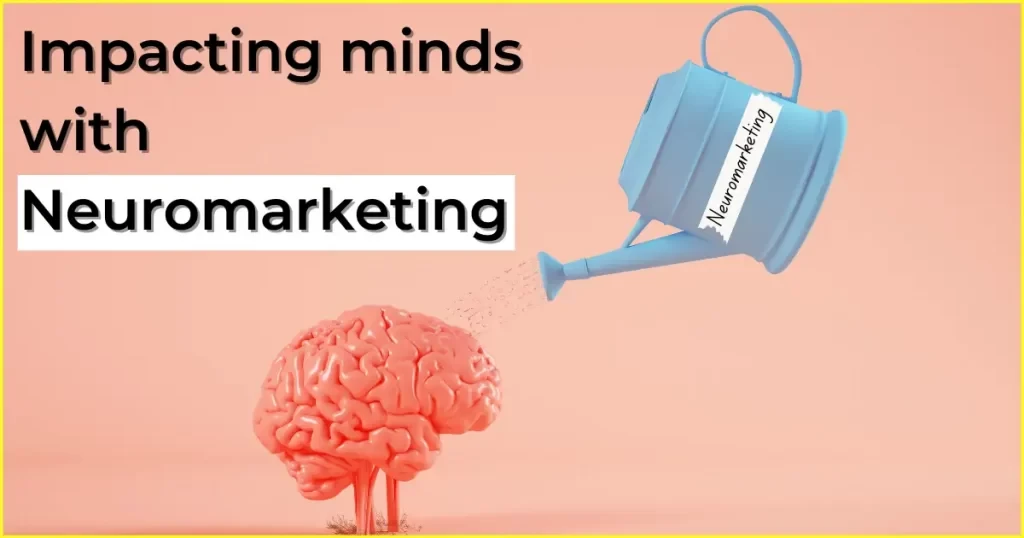Impacting minds with Neuromarketing

All the products we see around us, their branding, their positions in the supermarkets, are they all just a co-incident? Most of the products we buy and use daily are marketed to us through optimally created strategies that boost sales. The branding and marketing of such products are backed by extensive psychological analysis!
The frequent and commercial usage of psychology in branding and marketing of products is termed ‘neuromarketing’. The process also includes using technology like EEG to understand the brain activities of the sample audience to further calculate the potential effect of your marketing content on the minds of people.
What’s the science behind neuromarketing and consumer behavior?
Neuromarketing strategies are crafted around the neurological and physiological signals of consumers that they produce while reacting to product stimuli. By mapping these signs, brands try to understand the preferences and motivations of consumers and use the data to create better and more personalized marketing campaigns.
Coined by Ale Smidts in 2002 ‘Neuromarketing’, is the junction between psychology and marketing. Neuromarketing techniques take extensive market research as well as psychological analysis.
Here are some concepts that make neuromarketing methods effective:
Eye tracking and eye gaze
When we look at a specific image, we just don’t perceive it all at once. We subconsciously focus on a few specific parts first. Understanding the hotspots of the human gaze and tracking the activities of the pupils provides important data that can be used to place the textual content most effectively. A study by usability specialist James Breeze included two ad images with a baby looking at the audience and the same baby looking at the textual content. The results revealed that people focused more where the subject’s gaze was. The second ad was more effective in guiding the consumers’ gazes to the most important information.
Effective packaging
The color, texture, and aesthetics of packaging can greatly influence buyer behavior. This was proved when Frito-lay conducted EEG mapping of a sample audience with potato chips as a stimulus. The shiny packets with images of chips on them triggered a negative response in the human brain, while the matte packaging with images of potatoes caused the brain to respond more positively.
Color psychology
Even before the term neuromarketing was coined, color psychology played an important role in marketing and advertising. Different colors have distinct effects on the human brain. Using them appropriately can help you persuade your audience easily. For example, colors like red and orange trigger energetic behavior and subconscious excitement. Colors like blue and purple can have more soothing effects on people.
P.S.- Red color is also well-known for triggering hunger cues. The heavy usage of red color in popular fast-food brand logos is one of the greatest neuromarketing examples.
Decision fatigue
Do you ever feel overwhelmed when you walk into an aisle full of 100 different breakfast kinds of cereal? Well, that’s where decision fatigue comes in. The luxury of too many options may seem like a good start, but it also causes consumers to get distressed and end up not buying anything! Since brands have understood this, most brands try not to bombard their audience with too many options and only focus on a specific product in a single campaign.
Loss aversion
Most consumers around the world have a common fear; the fear of what they might lose. The fear of missing out (FOMO) on good and worthy products outperforms any other neurological response, and thus the concept becomes the star of the show.
Most brands easily incorporate this concept into their marketing campaigns by creating the illusion of scarcity and portraying the product as limited and rarely available. A “valid for a limited time” or “buy before it’s gone” might just do that trick!
Speed and efficiency
PayPal’s ‘speedy performance’ campaign is the best example to accommodate this concept. Through a study, PayPal understood that most consumers are looking for speed and efficiency even though, for a payment application, security and safety should matter the most. The data led Paypal to highlight their app’s ease of use and successfully crack the code of a campaign that caters to the consumers’ preferences.
Neuromarketing is all around us if you look well enough for it. Most brands put in the effort to research and test out neuromarketing methods to make an impact in subtle and subconscious ways. Neuromarketing gives marketers advanced insights into the minds of consumers and thus has become one of the most efficient ways of marketing in the industry.


Comments are closed.